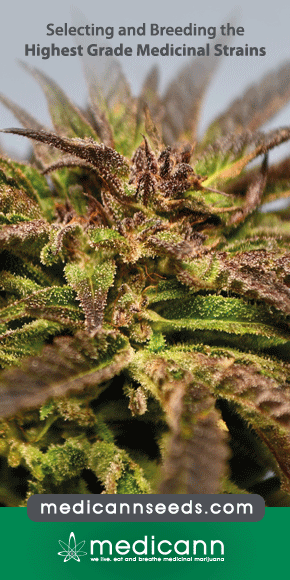Although the rate of cannabis use by older adults is increasing more quickly than all other age groups, little is known about the reasons why older adults use cannabis and the outcomes they experience. Between June and November 2017, we conducted 17 focus groups in senior centers, health clinics, and cannabis dispensaries in 15 Colorado cities. Older adults want more information about cannabis and desire to communicate with their healthcare providers. Older adults who used cannabis for medical purposes reported positive outcomes but highlighted difficulties in accessing medical cannabis. Older adults in Colorado also revealed how a stigma continues to be attached to using cannabis.







